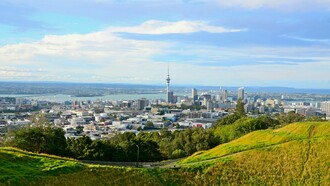The extended health sector is often the pioneer for new health care goods and services. These innovative types of health care are not previously classified in official statistics as belonging to the health sector. The second healthcare market will be a growing part of the total health economy. Thus there is a core health economy financed through pooled public and private funds, and an extended part of the health economy that is financed through direct private payment. Whilst the basic mandatory coverage for everybody is available, voluntary supplemental protection and private coverage grows in importance. The wellness and fitness revolution cannot be stopped. Enabling and empowering the population with regard to health matters is a topic high up on the agenda.
Elements of the second healthcare market are to be seen in the table below and show a new understanding of health. To name just a few: sport equipment, over the counter medication (homeopathic and anthroposophic medicines), health tourism, smart watches (some), visual aids (some), GPS-tracking and bio-food (dietary supplements and fitness doping). In case the health outcome of these new types of healthcare services is proven and positive, the eligibility for reimbursement will follow after a while in a competitive market. Ambient assisted living (AAL) will be a major example.
Technical development has been on the rise over the last decades – especially regarding communication and data processing. E-health as a collective name for the use of information and communication technology in the health system is, meanwhile, a common expression. Also in health and in long term care the use of techniques improves a lot. Better health through AAL systems with assisted technologies keep people away from public services in the traditional sense (Professor Uwe Fachinger, of the University of Vechta).

On the one hand, smart meters can give an exact overview of the consumption of residents. They can visualize the consumption on a daily basis, from one week to another, from weekends to weekdays etc, thus increasing awareness. On the other hand, they can easily be used to determine that an elderly person used water, electricity etc late at night but not again the next morning. Detecting irregularities and/or a failure to use gas, water and electricity supplies can help to reveal an emerging illness. This may be a perspective for the second healthcare market in the long run.
Of course, nobody should know absolutely everything about a resident’s daily routine - but the home itself could know, learn and self-configure. The home could - in suspicious circumstances - send information. A sudden increase in wakeups during the night could, maybe, cause a traffic light signal to switch to amber; no life signs at all would switch it to red. Then somebody could start the necessary care.
New professions in therapy, new study fields and research areas are developing at the same time. These technical and social developments lead to a better basis for financing other parts of the economy. The fiscal impact of the secondary health market requires further investigation. Perhaps ambient assisted living is already partially co-financing the first market?
To sum up: what we need is a new understanding of health and healthcare. Towards an open health society new forms of insurances and payment systems will develop instead of mainly public financing. Healthcare is no longer to be seen as a cost factor. A new understanding will lead, in the long run, to increasing work forces, new career opportunities, an efficient investment in human capital and at the same time to higher productivity. Instead of too many separate silos we need health in all areas of life, and lifelong. And the second healthcare market is an important part of this development.















